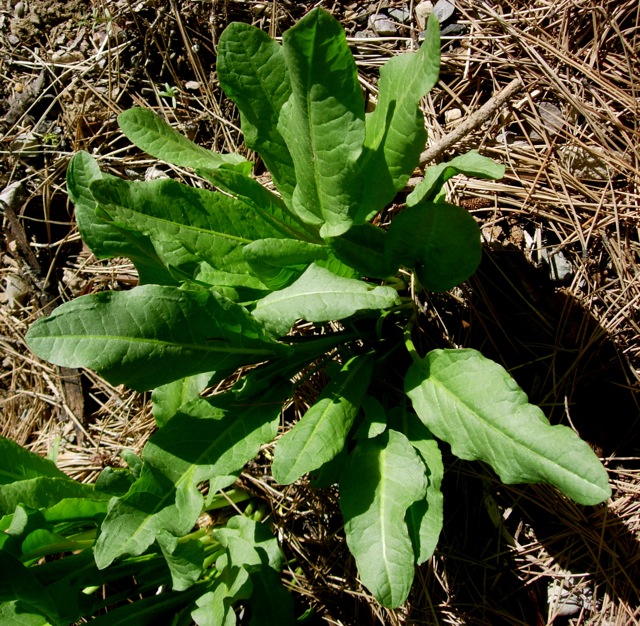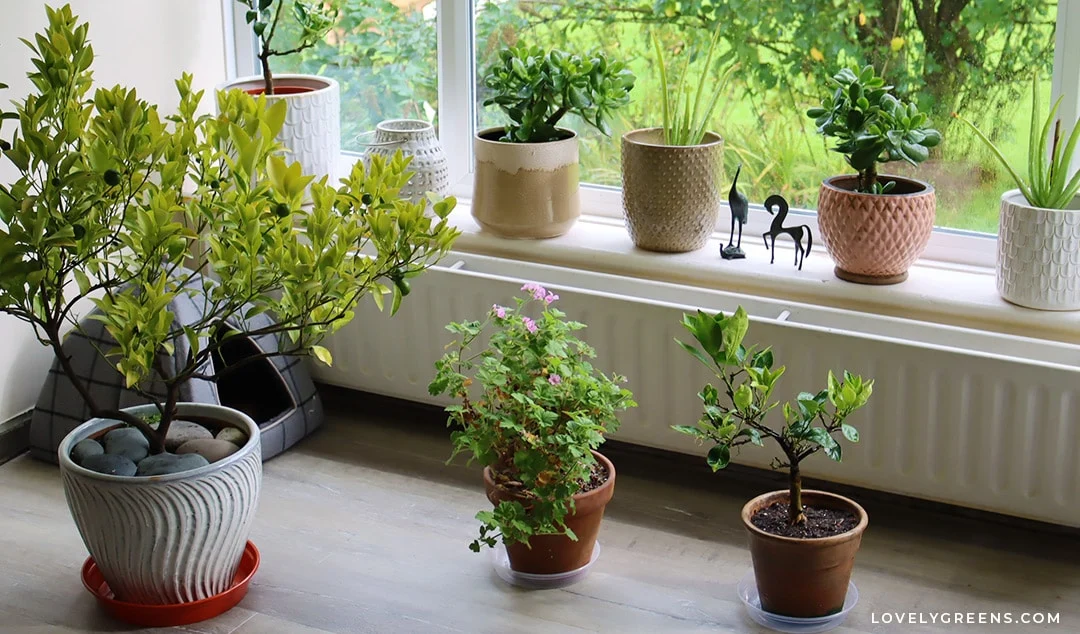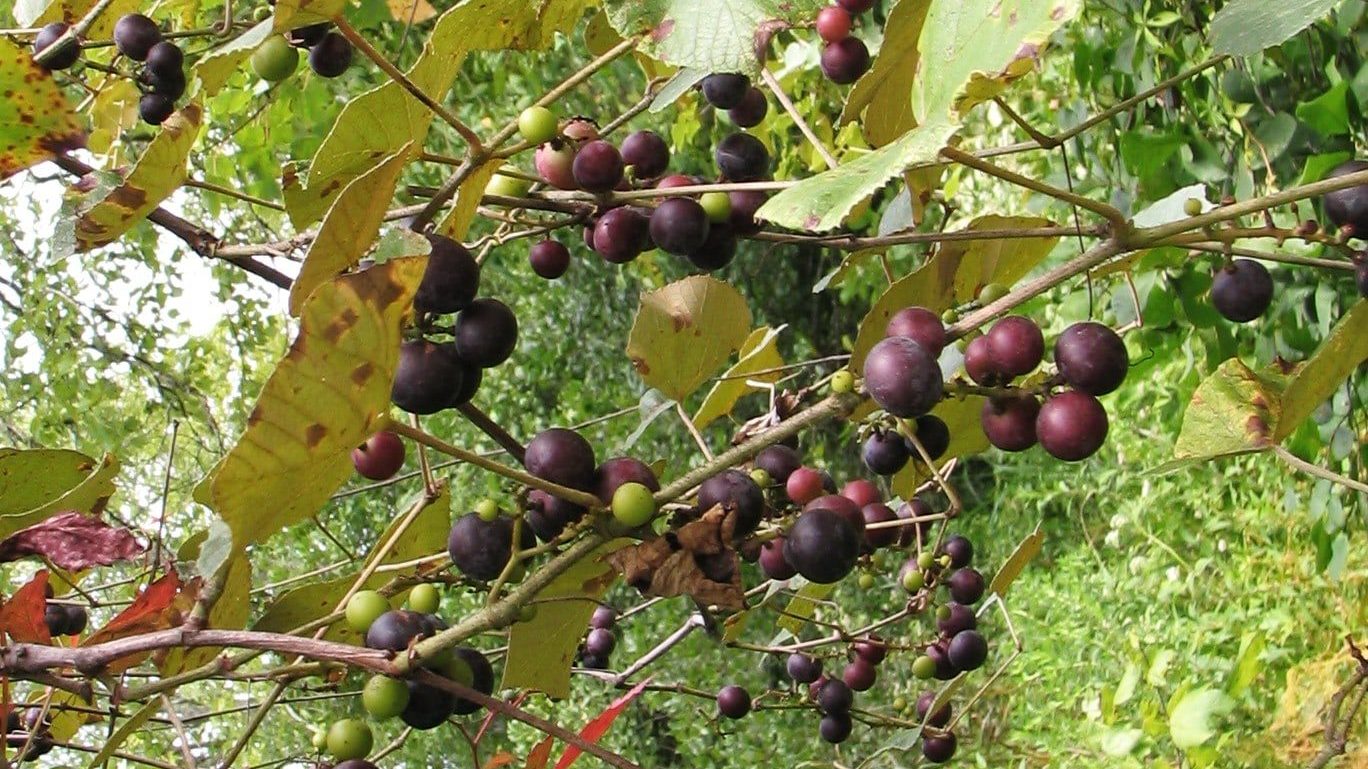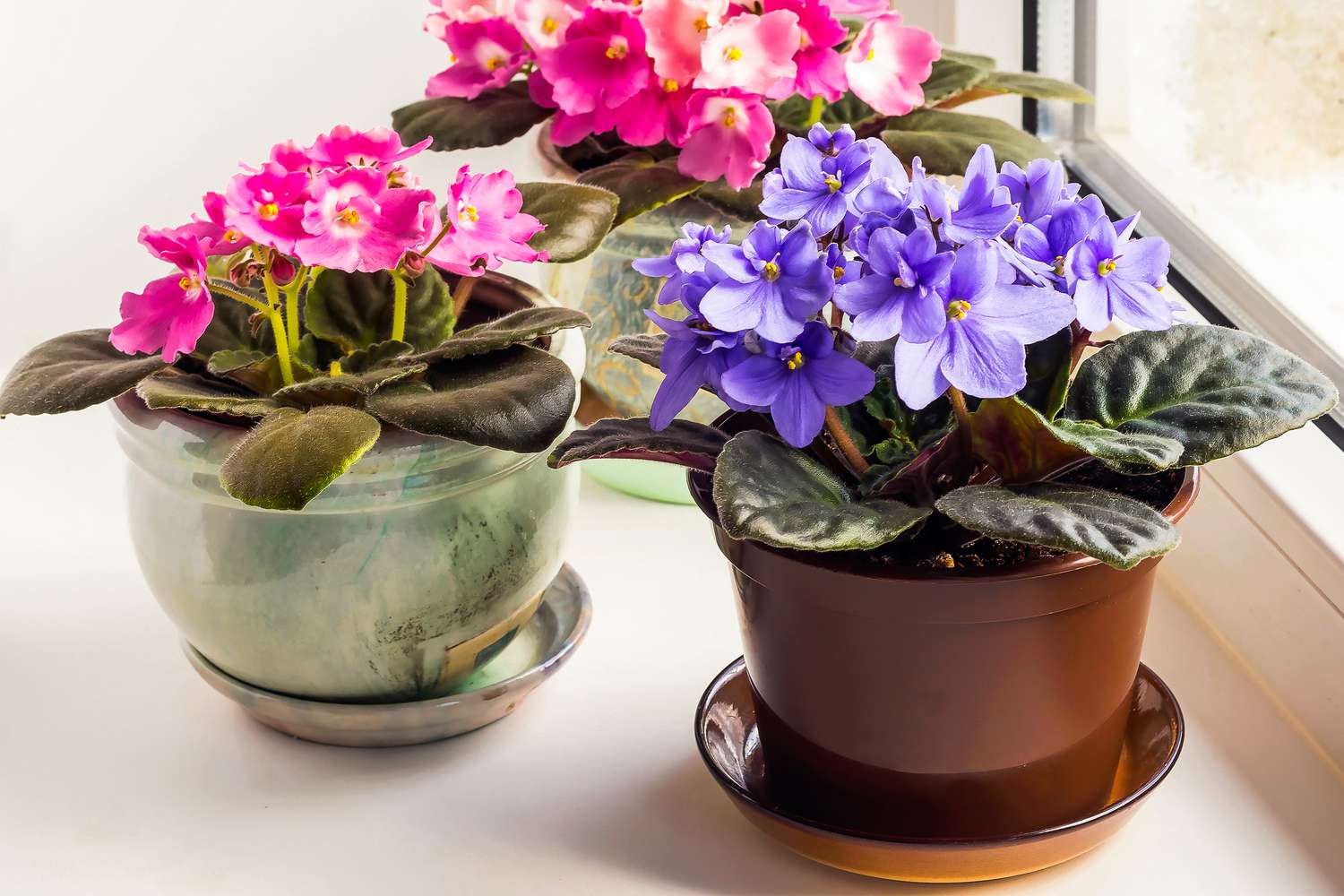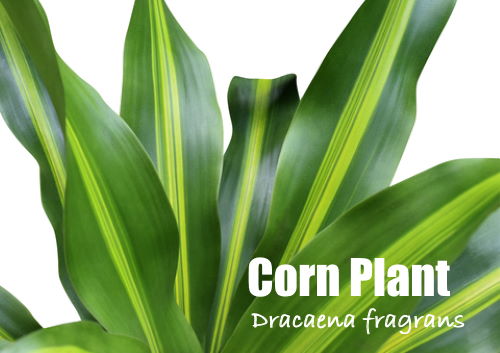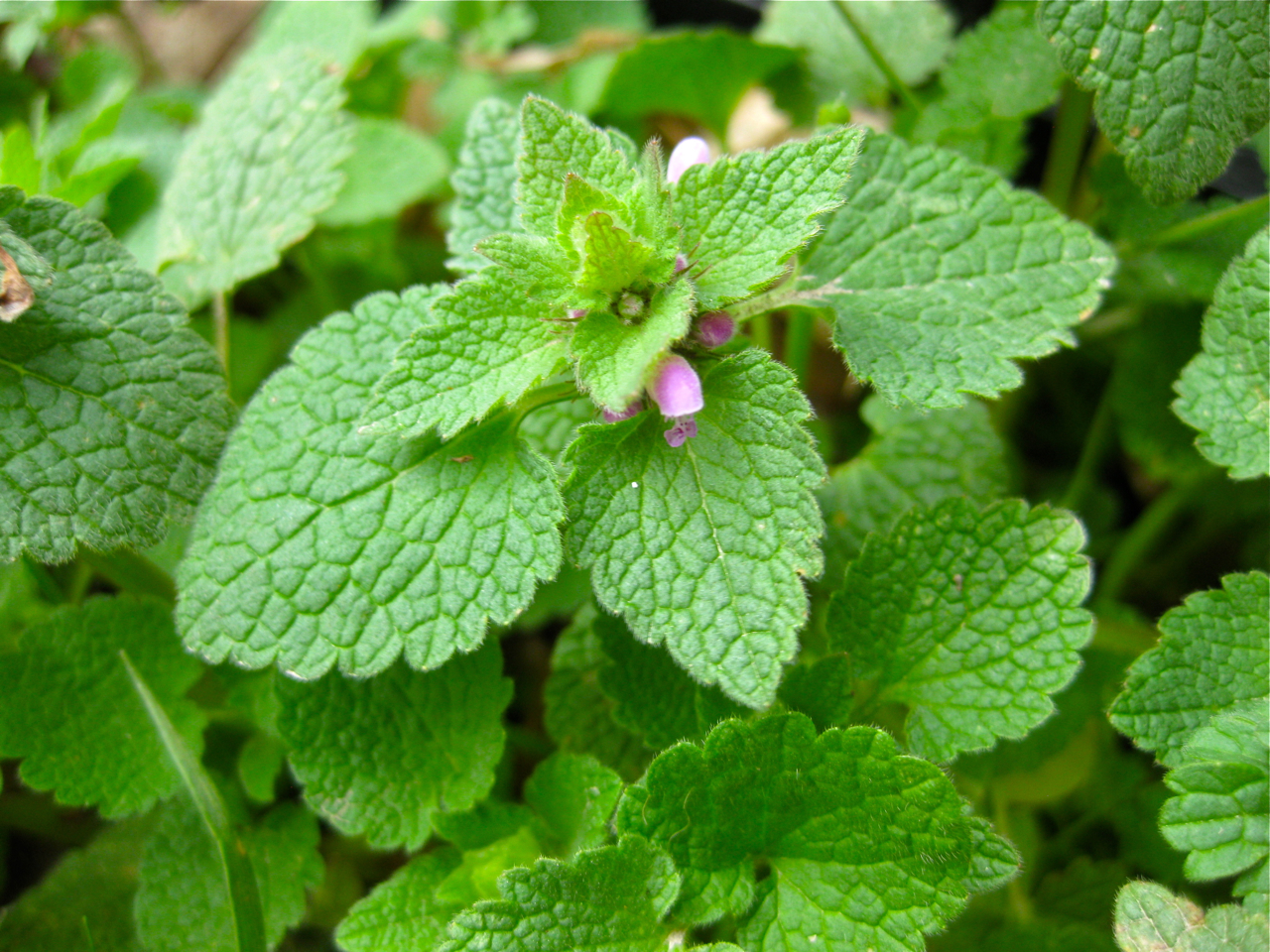To start a kitchen garden at home, choose a sunny spot, prepare the soil, and select your seeds wisely. Consider planting herbs, vegetables, or fruits that you enjoy eating.
By establishing a kitchen garden, you can have easy access to fresh, organic produce right from your backyard. It’s a fulfilling and sustainable way to enhance your cooking, reduce food waste, and promote a healthier lifestyle. With proper care and attention, your kitchen garden can flourish and provide you with a rewarding gardening experience.
Get started today and enjoy the benefits of growing your own food at home.
:strip_icc()/stone-walkway-leading-garden-ccab4820-64cc37892feb45a58001bc53f6ba7aeb.jpg)
Credit: www.bhg.com
Understanding Kitchen Gardening
What is a Kitchen Garden?
A kitchen garden, often known as a potager, is a unique blend of functionality and aesthetics, providing a practical approach to gardening while enhancing your living space. Unlike ornamental gardens, a kitchen garden focuses on growing edible plants such as herbs, vegetables, and fruits, conveniently located near or in your kitchen area. This setup not only beautifies your home but also offers the freshest ingredients right at your fingertips.
Kitchen Gardening vs. Traditional Gardening
While traditional gardening often spans larger areas and may focus on both edible and non-edible plants, kitchen gardening is tailored to smaller, more controlled environments. The essence of kitchen gardening lies in its accessibility and efficiency, offering a sustainable approach to cultivating food in limited spaces. It emphasizes the direct link between growing and cooking, making it a perfect blend for culinary enthusiasts and eco-conscious individuals alike.
Benefits of Kitchen Gardening
Freshness at Your Fingertips: The Nutritional Benefits
The immediate benefit of having a kitchen garden is the unrivaled freshness of home-grown produce. Vegetables and fruits harvested from your own garden are packed with nutrients, unspoiled by the time it takes to transport and distribute store-bought produce. This freshness ensures you’re getting the maximum nutritional value from your meals, enhancing your diet with vitamins, minerals, and antioxidants essential for health.
A Green Oasis: Mental Health and Relaxation
Gardening, in its essence, is a therapeutic activity. The act of nurturing plants, from sowing seeds to harvesting, can significantly reduce stress and improve mental well-being. A kitchen garden offers a serene retreat within your home, a space where you can relax, meditate, and connect with nature, contributing positively to your mental health.
Eco-Friendly Living: Reducing Your Carbon Footprint
Starting a kitchen garden is a step towards a more sustainable lifestyle. By growing your own food, you reduce the demand for commercially grown produce, which often involves extensive transportation and packaging, contributing to carbon emissions. Kitchen gardening promotes a cycle of eco-friendly living, from composting organic waste to minimizing the use of harmful pesticides, fostering a healthier environment.
Planning Your Kitchen Garden
Space Analysis: Finding the Right Spot at Home
The first step in starting your kitchen garden is to assess the available space. Whether it’s a sunny windowsill, a balcony, or a small backyard, understanding the space you have is crucial. Look for areas that receive ample sunlight and are protected from harsh weather conditions. Even with limited space, vertical gardening or container gardening can be highly effective solutions.
Light It Up: Understanding Sunlight Requirements
Sunlight is vital for plant growth, and understanding its patterns in your home is key to a successful kitchen garden. Most edible plants require at least six hours of direct sunlight daily. Observe the areas where sunlight is abundant and plan your garden layout accordingly. For spaces with less natural light, consider using grow lights to supplement sunlight, ensuring your plants thrive.
Picking Your Plants: What Grows Best Indoors?
Selecting the right plants is crucial for your kitchen garden’s success. Opt for herbs and vegetables that are known to grow well in indoor conditions, such as basil, mint, lettuce, and tomatoes. Consider the climate, the available light, and the space you have when choosing your plants. Starting with easy-to-grow varieties can help build your confidence and encourage you to expand your garden over time.
Tools and Supplies You Need
Essential Tools for the Beginner Gardener
Embarking on your kitchen gardening journey begins with gathering the right tools. Essential items include a durable spade for turning soil, a garden fork for aerating, a trowel for transplanting, pruning shears for shaping and controlling plant growth, and gloves to protect your hands. Investing in these tools lays the foundation for a successful gardening experience, enabling precision and ease in your daily garden tasks.
Seeds vs. Seedlings: Pros and Cons
Deciding between starting your garden from seeds or seedlings is a pivotal choice. Seeds are cost-effective and offer a wider variety of plants, allowing you to witness the entire growth process from the very beginning. However, they require more time and patience. Seedlings, on the other hand, provide a head start, with plants often producing yields sooner. This immediate gratification comes at a higher cost and with a limited selection compared to seeds.
Soil and Fertilizer: The Foundation of Your Garden
The quality of your soil and fertilizer directly impacts the health and yield of your kitchen garden. Opt for nutrient-rich, organic soil that provides the perfect base for your plants. When it comes to fertilizer, organic options such as compost or manure release nutrients slowly, improving your soil health over time and ensuring your plants grow strong and healthy.
Setting Up Your Garden
Container Gardening: Types and Tips
Container gardening is a versatile and space-saving option for kitchen gardens. Choose from a variety of containers based on your space and the plants you wish to grow. Ensure each container has adequate drainage to prevent waterlogging. Use quality potting mix and consider the weight and material of the container for ease of movement and durability.
DIY Planters: Getting Creative with Household Items
Embrace creativity and sustainability by using household items as planters. Old buckets, wooden crates, and even mason jars can be transformed into unique planters. Ensure they have proper drainage and are suitable for the plant sizes. This approach not only recycles but also adds a personal touch to your garden.
Watering Wisdom: Keeping Your Plants Hydrated
Proper watering is crucial for the health of your kitchen garden. The key is to water deeply but infrequently, encouraging strong root growth. Early morning is the best time to water, reducing evaporation and preventing fungal diseases. Use a watering can or a drip irrigation system for even distribution and to avoid wetting the foliage unnecessarily.
Growing Your Plants
The Germination Game: A Step-by-Step Guide
Germination is the first step in your plant’s life cycle. Start by choosing high-quality seeds and planting them in moist, well-draining soil. Keep the soil consistently moist and in a warm spot until germination occurs. Patience is key, as different plants have varying germination times. Observing the first sprouts is a rewarding experience that marks the beginning of your plant’s journey.
Transplanting Tips: Moving to Bigger Homes
As plants grow, they may need to be moved to larger containers or outdoor spaces. Transplanting should be done carefully to minimize stress on the plants. Choose a cool, cloudy day to transplant, ensuring the soil is moist. Handle the plant by the root ball to avoid damage, and water immediately after transplanting to help the roots settle.
Pest Control: Keeping Your Plants Safe Naturally
Protecting your garden from pests without the use of harmful chemicals is essential for a healthy kitchen garden. Employ natural pest control methods such as introducing beneficial insects, using neem oil, or making homemade sprays with garlic or chili pepper. Regularly inspect your plants for early signs of infestation and act promptly to prevent spread.
Maintenance and Care
The Daily Check: Routine Care Tips
To ensure the prosperity of your kitchen garden, incorporating a daily check into your routine is crucial. This involves inspecting your plants for signs of pests, disease, or nutritional deficiencies. Consistent watering, based on the needs of each plant species, and making sure they receive adequate sunlight, are fundamental tasks. Regularly checking the soil’s moisture level and adjusting your watering schedule accordingly can prevent both over and under-watering, promoting a healthy growth environment.
Pruning and Harvesting: Maximizing Yield and Growth
Pruning is not just about removing unwanted parts; it’s an art that encourages plants to thrive. By selectively cutting back overgrown branches and dead foliage, you encourage the growth of fruits and vegetables. Harvesting at the right time is equally important for maximizing yield. Understand the peak ripeness for each type of produce in your garden, and harvest them promptly to stimulate further production.
Troubleshooting: Common Issues and Solutions
Every gardener faces challenges, from pest invasions to mysterious plant ailments. An integrated pest management approach, using natural predators and barriers, can mitigate pest issues. For diseases, proper identification is key to implementing the correct treatment, which often includes natural fungicides or improved plant hygiene. Nutrient imbalances can be corrected with soil amendments, ensuring your plants have all they need to grow strong and healthy.
Expanding Your Garden
Seasonal Changes: Adapting Your Garden
As seasons change, so should your garden. Understanding the seasonal needs of your plants and rotating crops accordingly can lead to a year-round harvest. This includes knowing when to plant cool-weather crops, such as lettuce and kale, and when to switch to heat-loving varieties like tomatoes and peppers. Adapting your garden to the seasons ensures a diverse and continuous supply of home-grown produce.
Companion Planting: What Plants Grow Well Together?
Companion planting is a strategy that enhances garden health and productivity. Certain plant combinations can deter pests, improve soil health, and even enhance the flavor of your produce. For example, planting basil near tomatoes not only repels pests but also encourages growth. Understanding these beneficial relationships can transform your kitchen garden into a more resilient and bountiful space.
Beyond Herbs and Greens: Exploring Other Edibles
While herbs and leafy greens are staples in a kitchen garden, exploring other edibles can diversify your culinary options and garden ecosystem. Consider adding fruit-bearing plants, such as strawberries or dwarf citrus trees, and root vegetables like carrots and beets. Experimenting with a variety of plants can enrich your diet and gardening experience.
Engaging the Family
Fun with Kids: Educational Gardening Activities
Gardening can be a fun and educational experience for children. Activities like planting seeds, tracking plant growth, and harvesting produce teach valuable lessons in biology, ecology, and nutrition. Creating a kid-friendly garden space encourages exploration and a deeper connection with nature, fostering a lifelong appreciation for growing food.
Cooking with Home-Grown Produce: Recipe Ideas
Cooking with produce from your own garden is not only rewarding but also inspires creativity in the kitchen. Experiment with fresh herbs in your pasta dishes, salads with your leafy greens, or homemade salsa with your tomatoes and peppers. Sharing recipes and meals created from your garden can be a delightful way to enjoy the fruits of your labor with family and friends.
The Future of Kitchen Gardening
Technological Advances: Smart Gardening Tools
The future of kitchen gardening looks bright, with technological advances making gardening more efficient and accessible. Smart gardening tools, such as soil sensors, automated watering systems, and climate-controlled grow boxes, can optimize plant care and increase yields. These innovations allow gardeners of all levels to achieve success and push the boundaries of what can be grown in a home garden.
The Community Aspect: Sharing and Learning
Kitchen gardening fosters a sense of community through the sharing of resources, knowledge, and produce. Joining local gardening groups or online forums can enhance your gardening journey, providing support and inspiration. Participating in seed swaps, gardening workshops, and community gardens are great ways to connect with fellow gardeners, share experiences, and learn new techniques.
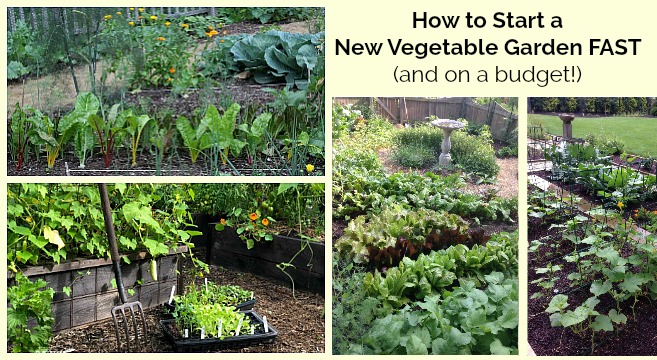
Credit: savvygardening.com
Frequently Asked Questions Of How To Start Kitchen Garden At Home
How Much Space Do I Need For A Kitchen Garden?
To start a kitchen garden, you only need a small outdoor area or space on your balcony to grow herbs and vegetables.
What Are Some Easy-to-grow Plants For A Kitchen Garden?
Plants like tomatoes, lettuce, basil, and chives are easy to grow and ideal choices for a beginner’s kitchen garden.
How Often Should I Water My Kitchen Garden Plants?
Water your kitchen garden plants regularly, ensuring the soil remains moist but not waterlogged, typically once a day or as required based on the plant’s needs.
What Are The Essential Tools For Starting A Kitchen Garden?
You’ll need basic gardening tools such as a trowel, pruning shears, gardening gloves, a watering can, and a hand rake to start your kitchen garden.
Conclusion
Starting a kitchen garden at home is a rewarding and sustainable way to enjoy fresh, organic produce. By following the simple steps outlined you can create a thriving and beautiful garden right in your own backyard. From choosing the right plants to providing proper care, the process can be enjoyable for both beginners and experienced gardeners.
So, why wait? Get your hands dirty and start cultivating your own homegrown vegetables today!


